- Understanding Heart Disease: Causes and Risks
- Recognizing Heart Attack Symptoms and Warning Signs
- First Aid Basics for Heart Emergencies: Immediate Steps to Take
- Performing Effective CPR: Techniques and Tips
- Real-Life Case Studies Highlighting the Importance of Quick Action
- Enhancing Heart Health Through Prevention and Ongoing Care
- Resources for Heart Care Support and Reliable Services
1. Understanding Heart Disease: Causes and Risks
Heart disease remains a leading cause of death worldwide, affecting millions regardless of age or background. At its core, heart disease refers to a range of conditions impacting the heart’s structure and function, with coronary artery disease being the most common. This condition occurs when plaque builds up inside the arteries, restricting blood flow and increasing the risk of heart attacks. Key risk factors include high blood pressure, smoking, obesity, diabetes, and family history. Understanding these causes allows individuals to take proactive steps to minimize risks and recognize early warning signs.

1.1 The Role of Lifestyle in Heart Disease
Lifestyle choices significantly influence heart health. Poor diet, sedentary habits, excessive alcohol intake, and chronic stress can accelerate arterial damage. Conversely, balanced nutrition, regular exercise, and smoking cessation dramatically reduce heart disease risk. Being aware of these lifestyle factors empowers individuals to adopt healthier routines, which is vital in managing long-term heart wellness.
Atlanta Heart Specialists
atlanta heart specialists
4375 Johns Creek Pkwy #350, Suwanee, GA 30024, USA

1.2 Identifying At-Risk Groups
Certain populations, including older adults and those with a family history of heart disease, require heightened vigilance. Additionally, individuals with underlying conditions like hypertension and diabetes should work closely with healthcare providers to manage these risks effectively. Early diagnosis through routine health screenings is critical for timely intervention.
2. Recognizing Heart Attack Symptoms and Warning Signs
Prompt recognition of heart attack symptoms can save lives. Common signs include chest discomfort or pressure, shortness of breath, nausea, sweating, and pain radiating to the arms, neck, or jaw. However, symptoms may present differently, especially in women, elderly, or diabetic patients—sometimes appearing as unusual fatigue, indigestion, or dizziness. Knowing these variations ensures that critical emergencies are not overlooked.
2.1 Why Early Detection Matters
The sooner a heart attack is identified, the faster treatment can begin, which significantly improves outcomes. Delays increase the likelihood of severe heart damage or fatality. Therefore, educating yourself and those around you about these symptoms is crucial for timely emergency response.
2.2 Differentiating Heart Attack from Other Conditions
Not all chest pain is related to the heart. Conditions like acid reflux or muscle strain can mimic heart attack symptoms. Nevertheless, if chest discomfort is sudden, intense, or accompanied by other signs mentioned above, treat it as a medical emergency and seek immediate help.
3. First Aid Basics for Heart Emergencies: Immediate Steps to Take
Knowing what to do during a heart emergency can be the difference between life and death. If someone is suspected of having a heart attack, call emergency services immediately. While waiting for professionals, help the person to rest in a comfortable position, loosen tight clothing, and encourage slow, deep breathing to reduce anxiety.
3.1 Using Aspirin Safely
If the person is conscious and not allergic, chewing an aspirin can help reduce blood clotting and improve blood flow. This simple step is often overlooked but can be critical before emergency responders arrive.
3.2 Handling Unconsciousness and Cardiac Arrest
If the individual becomes unconscious and is not breathing normally, immediate CPR is necessary. First aid basics emphasize the importance of chest compressions and rescue breaths to maintain blood circulation until professional help takes over.
4. Performing Effective CPR: Techniques and Tips
Cardiopulmonary resuscitation (CPR) is a lifesaving procedure essential during cardiac arrest. Proper technique maximizes the chance of survival. The current guidelines recommend hands-only CPR for untrained responders, focusing on firm, fast chest compressions at a rate of 100 to 120 per minute.
4.1 Step-by-Step CPR Guidance
First, position the person on their back on a firm surface. Place your hands in the center of the chest and press down hard and fast. Allow the chest to recoil fully between compressions. If trained, provide rescue breaths after every 30 compressions. CPR should continue until emergency medical services arrive or the person shows signs of recovery.
4.2 The Role of Automated External Defibrillators (AEDs)
AEDs are designed to restore normal heart rhythm and are often found in public places. Knowing how to operate an AED complements CPR and significantly increases survival chances. Many communities offer training sessions for these devices, which are straightforward and user-friendly.
5. Real-Life Case Studies Highlighting the Importance of Quick Action
Consider the case of John, a middle-aged man who suffered a sudden heart attack at a local gym. A bystander, trained in first aid basics, immediately called for emergency services and began chest compressions. Thanks to this quick response and subsequent professional treatment, John recovered fully with minimal heart damage. Stories like John’s demonstrate how timely first aid knowledge combined with rapid emergency care can save lives.
5.1 Lessons from Public Heart Attack Incidents
Incidents where public awareness and preparedness have saved lives are increasingly documented worldwide. In many cases, witnesses using CPR or AEDs in crowded areas like airports or shopping centers prevented fatalities. These examples emphasize why heart disease education and first aid training should be accessible to everyone.
6. Enhancing Heart Health Through Prevention and Ongoing Care
Prevention remains the most effective strategy against heart disease. This includes managing blood pressure, maintaining a healthy weight, quitting smoking, and regular cardiovascular exercise. Additionally, monitoring cholesterol levels and controlling diabetes are vital components of comprehensive heart care.
6.1 The Role of Regular Medical Check-Ups
Routine health screenings help detect heart disease risk factors early. Discussing personal and family medical history with healthcare providers allows for tailored preventive strategies. In some cases, medications may be prescribed to control risk factors effectively.
6.2 Psychological Well-being and Heart Health
Stress, anxiety, and depression negatively impact heart health by increasing blood pressure and causing harmful lifestyle habits. Incorporating stress management techniques like mindfulness, yoga, or counseling can improve overall cardiovascular outcomes.
7. Resources for Heart Care Support and Reliable Services
For those seeking trustworthy information and services related to heart disease and emergency care, HeartCare Hub offers a comprehensive platform. Here, users can find the best products, medical supplies, and professional services tailored to heart health needs. Whether you’re looking for CPR training kits, dietary supplements, or specialized medical consultation, HeartCare Hub provides reliable recommendations to support your journey toward better heart health.
Empowering yourself with knowledge about heart disease and first aid basics is invaluable. The ability to act swiftly in emergencies, combined with preventive care, greatly enhances survival and quality of life for heart patients and their loved ones.

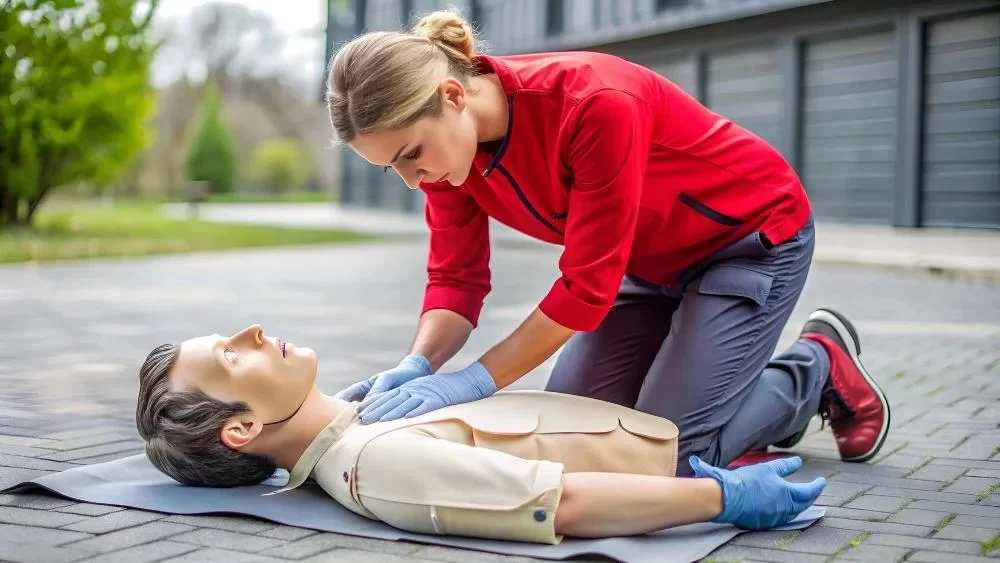



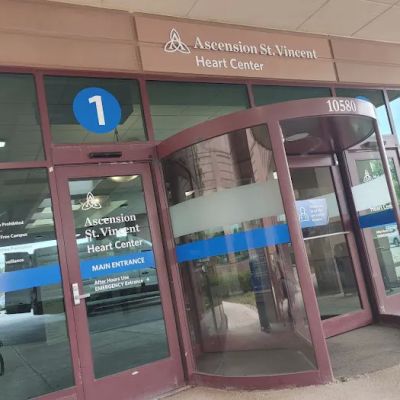




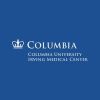
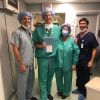

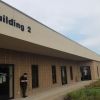








Deborah Heart and Lung Center
deborah heart and lung center
200 Trenton Rd, Browns Mills, NJ 08015, USA